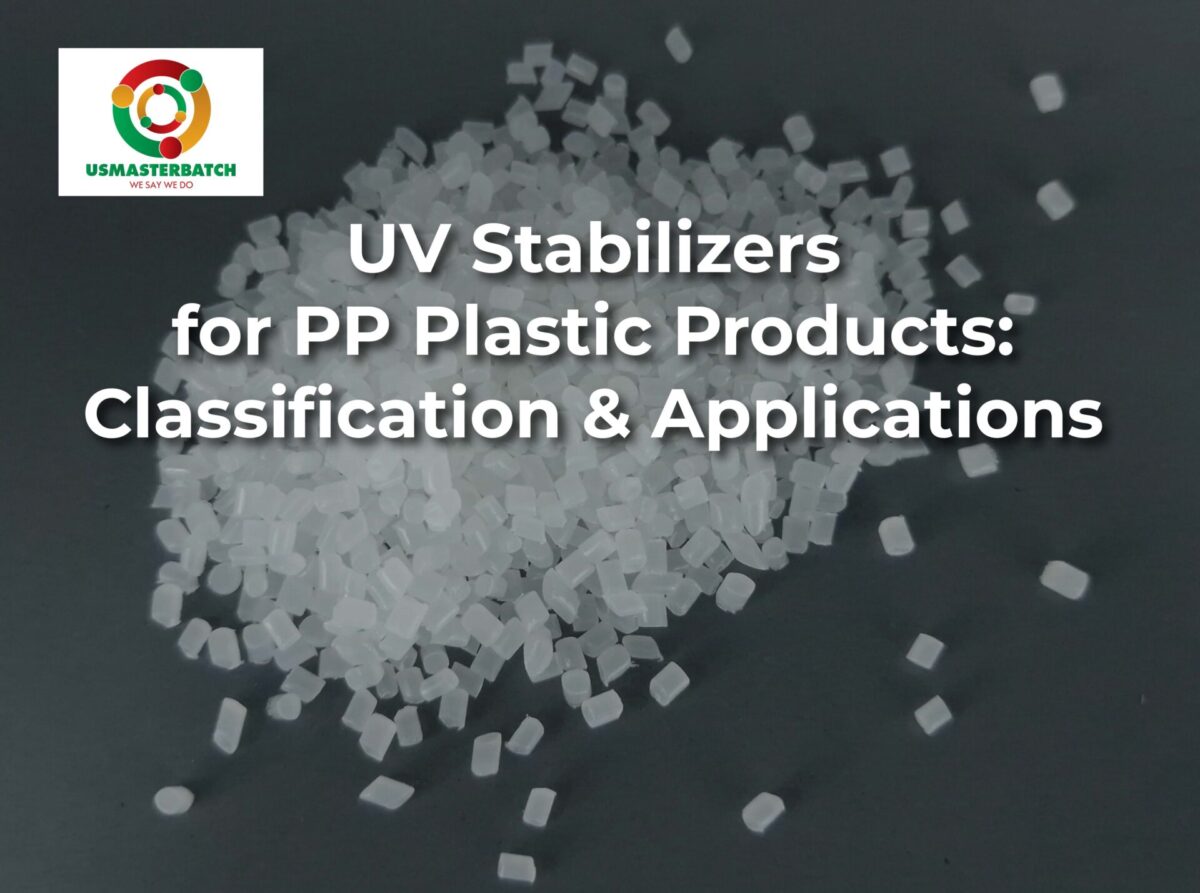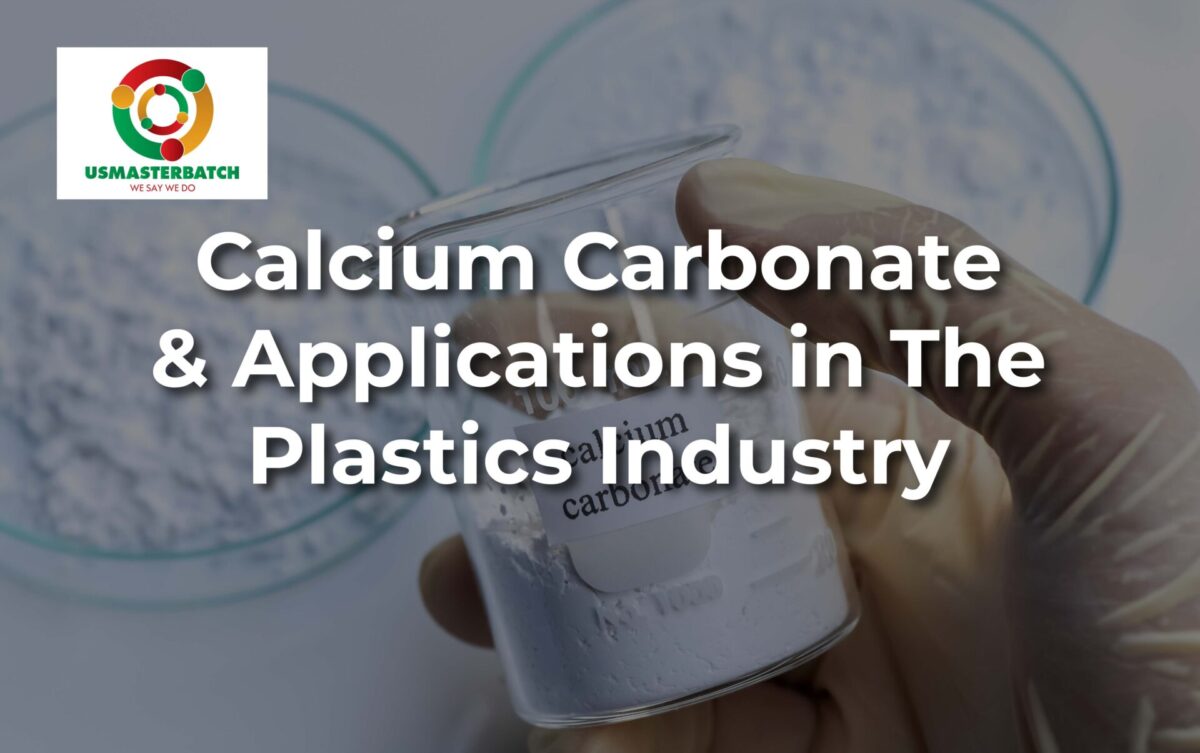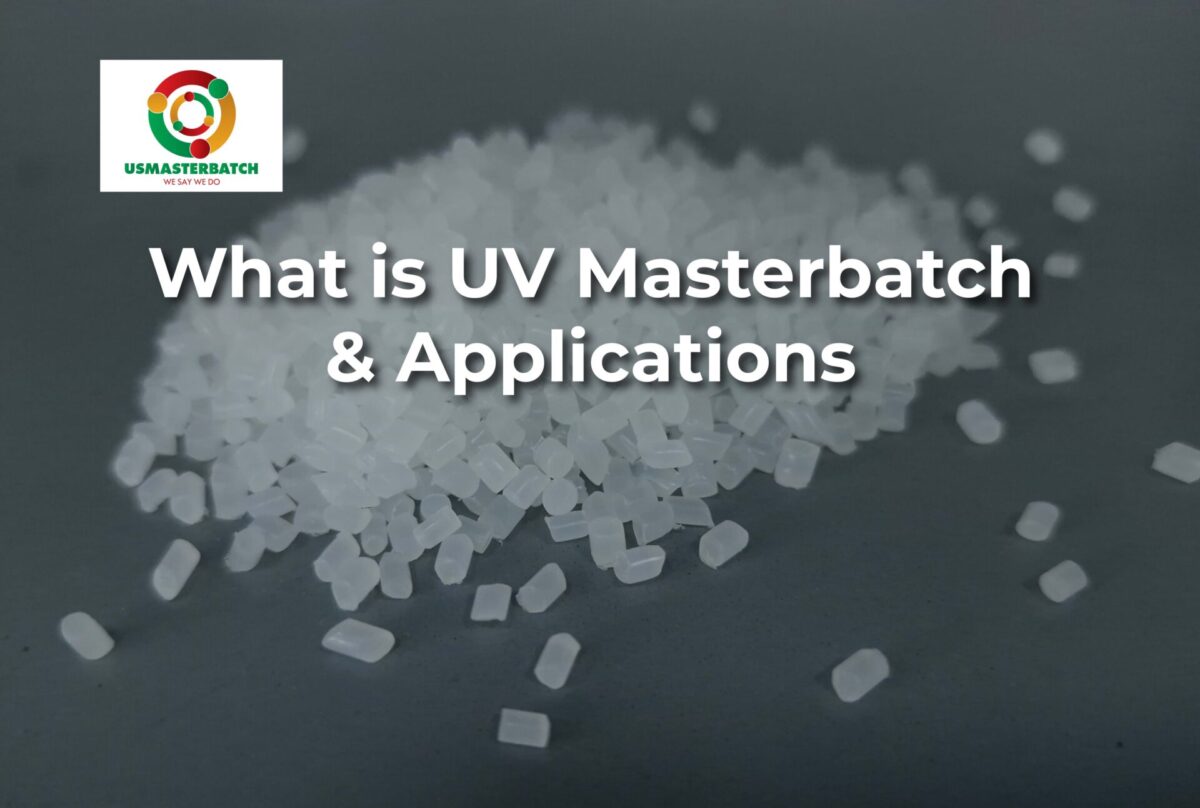
Microwavable plastics – How to Choose Safely for Your Health
US Masterbatch – Types of Plastics Safe for Microwave Use: How to Choose Safely for Your Health
In daily life, the microwave oven has become a familiar appliance in many households. Just a few minutes, and you have a hot meal ready. But have you ever wondered: is the plastic container you’re using actually safe to put in the microwave?
In fact, not all types of plastic are suitable for heating. Choosing the wrong one can cause the container to warp, release chemicals into your food, and directly affect your hormones and long-term health. Therefore, understanding which plastics can be safely used in the microwave and how to recognize them is very important.
This article will help you quickly identify safe plastics, understand the symbols, and learn how to use them safely – simply – and effectively.
1. How Does a Microwave Work and How Does It Affect Plastic?
A microwave heats food by vibrating water molecules inside it, generating heat from the inside out.
If the plastic cannot withstand heat, it may:
- Soften, crack, or deform
- Release chemicals (like BPA, phthalates, etc.)
- Cause strange smells or make the food taste like plastic
These substances may have long-term effects on:
- Hormones
- Nervous system
- Liver and kidneys
- Reproductive health
→ Choosing the right type of plastic is extremely important.

2. Types of Plastics That Are Safer for Microwave Use
Below are 4 types of plastics that are considered safer when marked as microwave-safe.
2.1 PP – Polypropylene (Symbol: ♻ 5 PP)
How to recognize:
- Opaque or milky white container
- Flexible when squeezed, not brittle
- Marked at the bottom with:
♻ 5 PP or a wavy symbol: ~ ~ ~
Heat resistance: about -20°C to 120°C
Advantages:
- Common, affordable, easy to find
- Withstands typical heating for food
- Suitable for lunch boxes and office meal trays
Microwave tips:
- Only reheat for 1 – 5 minutes
- Leave the lid slightly open to release steam
- Avoid reheating oily foods (oil can exceed 120°C)

2.2 PPSU – Polyphenylsulfone (Symbol: PPSU)
How to recognize:
- Light amber color
- Hard, durable surface, scratch-resistant
- Usually labeled:
PPSU / Steam Sterilizable / Microwave Safe
Heat resistance: about 180°C – 207°C (very high)
Advantages:
- Extremely safe for heating and sterilization
- Does not deform even with boiling water
- Commonly used in premium baby bottles and medical equipment
Ideal for:
- Families with infants
- People who prioritize long-term health
2.3 Tritan (Symbol: Tritan™, BPA-Free, under ♻ 7)
How to recognize:
- Crystal clear like glass
- Marked with: Tritan™ / BPA Free
Heat resistance: about 85°C – 100°C
Advantages:
- Elegant and durable
- Odorless and free of plastic taste
- Safe for both hot and cold drinks
Microwave tips:
- Only mild reheating (< 3 minutes)
- Do not use to heat oily foods for long → may degrade the material
2.4 HDPE – High-Density Polyethylene (Symbol: ♻ 2 HDPE)
How to recognize:
- Marked with: ♻ 2 HDPE
- Opaque, slightly textured surface
- Commonly used for frozen food trays
Heat resistance: about -40°C to 110°C
Important note:
HDPE can only be microwaved if labeled “Microwave Safe” or “Heat-proof.”
Safe usage tips:
- Short heating (< 1 minute)
- Only for foods with high water content
3. How to Use Plastic in the Microwave Safely
- Leave the lid slightly open to release steam and prevent pressure buildup.
- For oily foods, use ceramic or glass instead.
- Reheat only briefly, never more than 10 minutes continuously.
- Do not use scratched, discolored, or smelly containers.
- For medicine, baby formula, or infant food → prioritize PPSU.
4. How to Maintain Plastic Containers for Long-Term Safe Use
| Good Practices | Reason |
| Wash with a soft sponge | Prevent scratches where bacteria can hide |
| Avoid direct sunlight | UV light accelerates plastic aging |
| Don’t store food hotter than 100°C | Can cause warping and leaching |
| Replace when yellowed or deformed | Indicates material degradation |
Conclusion
To use your microwave safely, just remember this simple rule:
PP for daily reheating – PPSU for babies – Tritan for drinks – HDPE for freezing and light reheating.
Choosing the right plastic container not only makes your meals more convenient but also protects your and your family’s long-term health.










